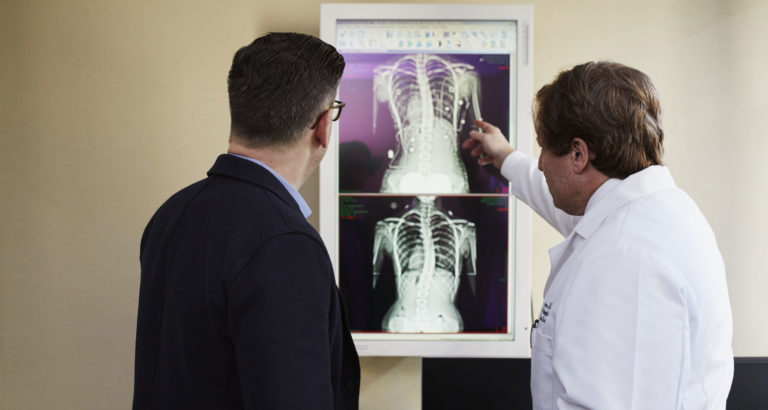Avoid Staff Burnout by Rethinking Your Healthcare Facility Design

Most healthcare administrators have a vested interest in hospital architecture design & planning, if not direct input into hospital interior design concept ideas. But have you thought about human-centric designs for healthcare, specifically how they can improve your staff’s experience?
In addition to improving morale and creating better work environments, there’s a strong business case for reducing burnout. In fact, staff burnout costs between $125 billion and $190 billion every year in healthcare costs; and also may increase turnover by as much as 50 percent. So here’s a deeper look at architectural designs healthcare trends to make a positive change for your staff.
What Does Human-Centric Design Look Like?
Many healthcare facilities are designed to promote two things primarily: 1) Efficiency and 2) Cleanliness. But in order to better contribute to patient healing and staff wellbeing, they must also be centered around human needs. Here are some examples of hospital architecture design & planning that can be used across healthcare facilities of all types to benefit team members and ultimately boost retention:
- Areas of respite – In order to prevent staff burnout, intentionally design spaces that employees can use to recharge. Whether you offer a room designated for rest and relaxation, or a room outfitted with fitness equipment – or both – the key is that you give staff members a place to which they can retreat in times of stress. If you can provide natural light in this space, even better. By acknowledging the stress of their jobs and giving them a tangible space to breathe, get their blood pumping, or simply have a few minutes of solitude, you increase staff wellbeing. And it goes without saying that staff members who are calm and rested themselves will always deliver a better patient experience than those who are stretched to their limits and exhausted.
- Collaboration hubs – Another trend worth noting is the shift to open office concepts. By designing specific areas for collaboration and other areas for focused, individual work, you can offer physical spaces that help staff members work more prolifically. This can have a dramatic impact on their sense of accomplishment in a given day, and spur even more productivity.
- Improved workflows – Finally, consider where hangups are in your staff’s current workflows. Are there physical impediments that get in the way of necessary tasks? Are there environmental issues that drain team members’ energy levels and contribute to increased stress? How might you use the space and AV elements you have at your disposal to better attune to your staff’s needs?
What Impact Can It Have?
While it might feel like human-centric design focused on your staff is something aspirational, remember it should actually be a priority. In fact, when you plan your hospital interior design concept around your employees’ needs, you increase their wellbeing and relationships with one another. This helps reduce employee burnout, which also reduces turnover. This can positively affect your bottom line, and also means that your patients are more likely to interface with engaged, happy staff members. The positive cycle only continues to spiral upward.
But the first step is reevaluating how your facility design stacks up. Is it optimized? Or is there room for improvement? We’d love to help you create human-centric designs for healthcare; just give us a call.
